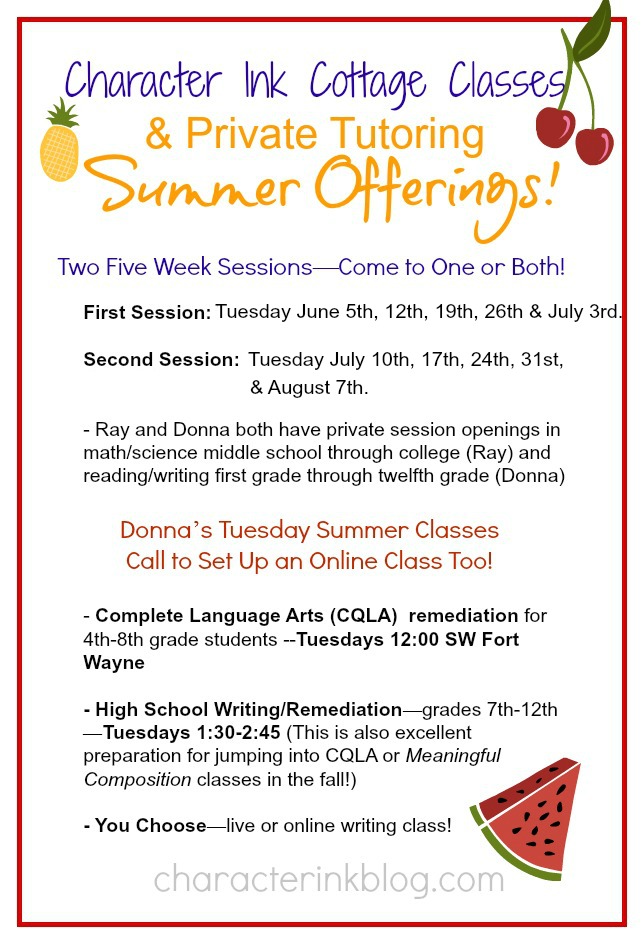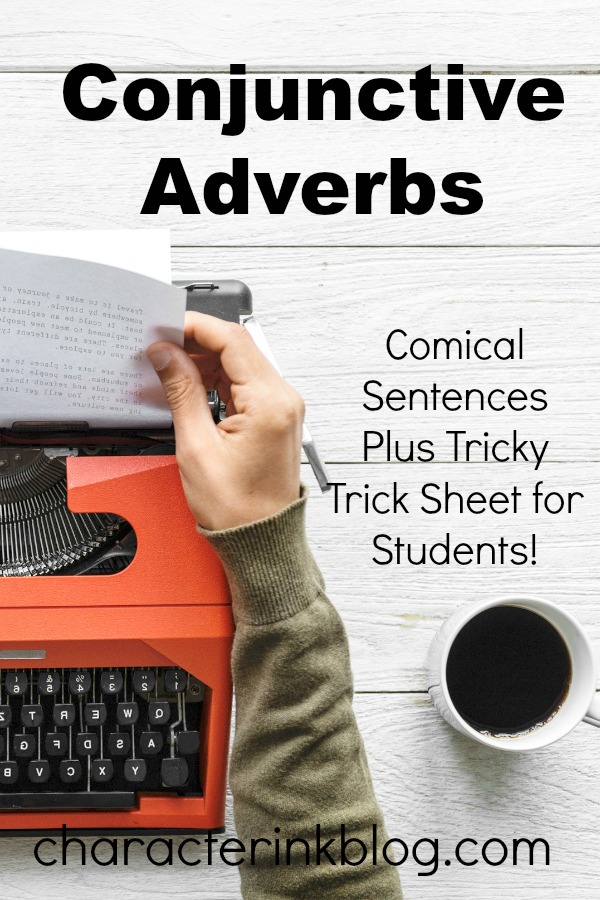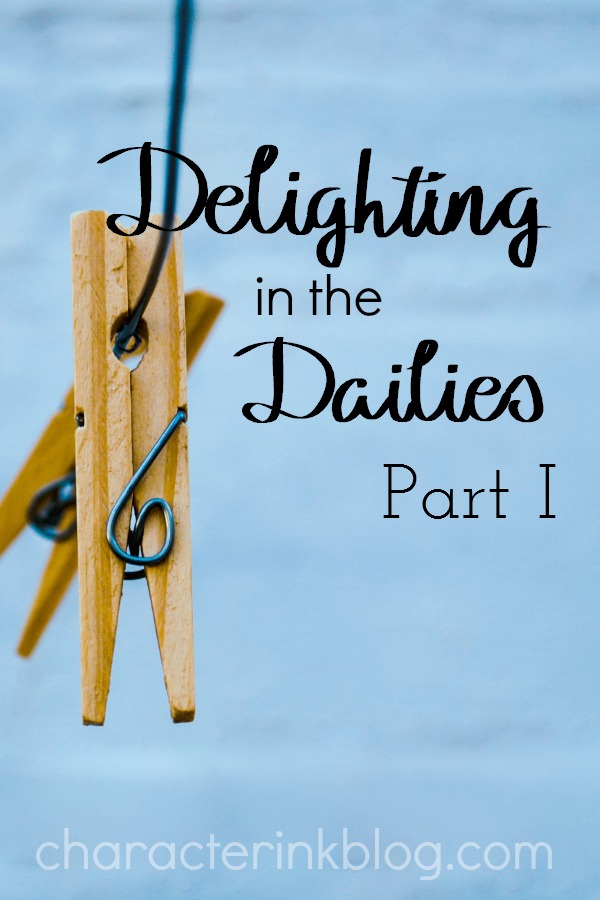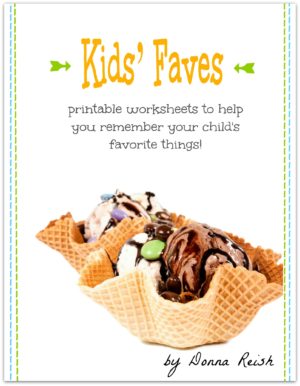by Donna | Apr 11, 2018

I know that title is a lot cheerier than most people are when they think of Summer School. However, I want to help you look at Summer School in a little more positive light. It CAN be an opportunity to catch up on missed skills, reinforce what was just learned, or prep for the upcoming school year. It CAN be an opportunity to focus on one area of academics instead of several. It CAN be an opportunity to grow your student in an area of interest. It CAN be a great opportunity!
(more…)
by Donna | Apr 2, 2018

So now that you are convinced that “delighting in the dailies” will help you accomplish your goals, how do you get them started (and keep them going) during the initial stages—when there isn’t a lot of fruit to show for your efforts, and you are convinced some day that you should just forget making dinner and go play solitaire or buy some sort of farm equipment (on the computer…lol)?
Here are some tips for learning to truly “delight in the dailies” and make those dailies a long-term reality in your home:
(more…)
by Donna | Mar 28, 2018

Conjunctive Adverbs (CA’s) are one of the most confusing parts of speech to teach because they are not used that often. However, we need to teach students what they are and how to write with them because they carry so much meaning! They are amazing for transitions–and they show so many relationships between words and between parts of a sentence. (Check out the Tricky Trick student download in this post for the four places to use Conjunctive Adverbs in a Sentence!) They also have several punctuation options (depending on whether the CA is in between two sentences, at the beginning of a sentence, at the end of a sentence, or splitting on complete sentence).
(more…)
by Donna | Mar 26, 2018

If you have heard us speak or read any of our blogs, you have probably heard my stories about how I used to be a “closet lady.” That is, I always cleaned out closets, organized toy cubes, shelved books in order, and made one hundred freezer meals in one day—instead of doing the dishes, laundry, trash, and other “dailies.”
It took me a while as a young mother to get to the point where I could set all of my projects aside—all of the more “creative,” fun, and cool things–in order to do the things that I needed to every day….the dailies.
But once I did, my life was forever changed. You see, it is the daily ins and outs that truly make us successful in homeschooling (and in life!).
(more…)







